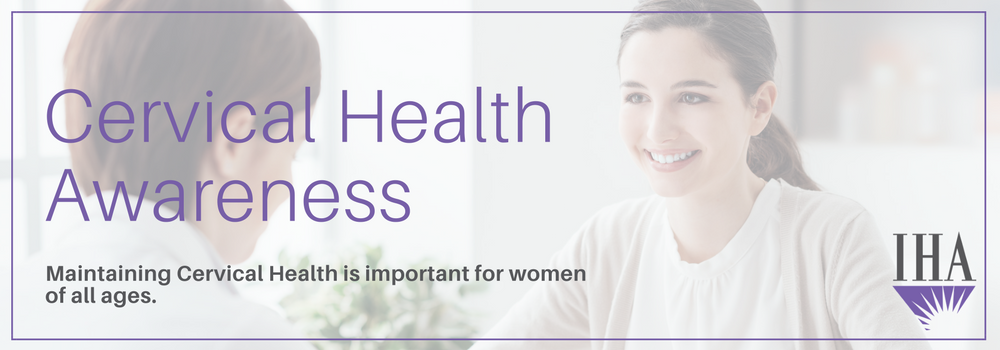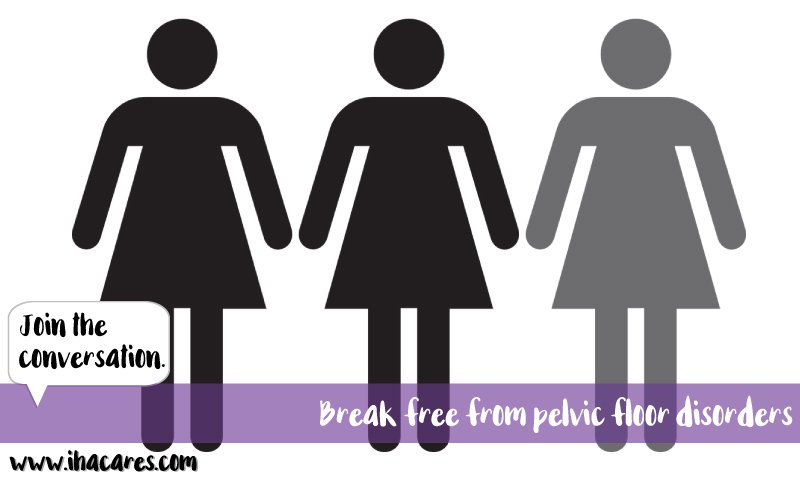
You’ve heard about the benefits of breastfeeding your baby. You know breast milk is best for your baby (the antibodies!). But let’s face it, returning to work after weeks of cozy breastfeeding sessions creates a lot of anxiety and pressure (pun intended) for mom. There’s so much information out there online and from every woman you know that’s ever had a baby. We’re here to breakdown some of the most common concerns around returning to work and continuing to provide breastmilk for your baby. Read on to learn how some common myths around breastfeeding while working are, well, busted.
Myth: Nursing less often will create more milk when I do nurse.
Actually, the more you nurse (or pump), the more milk you will produce. Your body is creating your milk supply based on demand. Feed your baby when they ask (in their own way), and your body will produce the milk they need. If you are returning to work, this will help in ensuring you are producing what your baby needs while pumping.
Myth: My baby won’t breastfeed once they get used to bottles.
You will always be your baby’s favorite way to get their milk. When your baby is with you, they will expect to be breastfeed. If your baby has a predictable feeding schedule, when you return to work ask your caregiver to hold-off on giving them a bottle close to your arrival, so you can breastfeed your baby when you return home. Also, be sure you drink plenty of fluids, avoiding caffeine and alcohol. Staying hydrated is important in general, but especially while breastfeeding.
Myth: I need a freezer full of milk to return to work.
Just when a new mom or dad feels like they are adjusting to life as parents, it’s typically time to return to work. For a mother who is breastfeeding, this transition can be especially difficult. A few weeks before your re-entry into the working world, start mixing some pumping and bottle feeding into your baby’s routine. This will help in two ways; your baby will get some practice with and be more willing to take a bottle and you will have some milk stored for backup. We recommend a minimum supply of two days’ worth of breastmilk for a smooth transition. As you pump at work, you will get into a rhythm of producing what your little one needs. You don’t need a freezer stocked full of milk in order to return to work.
Myth: I can’t breastfeed and pump at the same time.
There’s a balance between pumping and breastfeeding. Once you find it, your body will respond and produce the milk required. To start working pumping into your feeding schedule, pump between breastfeeding your baby. Pump about an hour AFTER you feed, and at least an hour BEFORE your baby’s next feeding. If you are returning to work, take note of when your baby typically eats, and pump based on that schedule. Continue to demand milk consistently and your body will get the signal to produce enough breast milk for your little one.
Myth: I will have to stop breastfeeding when I return to work.
Every mother has a legal right to take breaks from work to pump. That said, many women may still be anxious about taking this time. While you are pregnant and before you go on maternity leave, chat with your boss about a pumping schedule. That way, your boss will know what to expect upon your return and you will have some peace of mind knowing there is a plan in place to ensure you can continue to provide breast milk for your baby. Also, be sure to understand the accommodations available to you in the work place for pumping. Where is the room? Where will you store the milk you pump throughout the day? To get your questions answered, chat with a human resources rep or a colleague that recently transitioned from maternity leave and pumped at your office, to get your questions answered.
Myth: I won’t be successful at work if I have to stop and pump.
For a mother that wants to continue providing breast milk for her baby, taking the time to pump will create peace of mind, and allow you to be more focused when at your desk. You may even want to use the time you spend pumping to catch up on some emails, or read through an article or report that you can’t seem to work into your day while sitting at your desk. Some of your colleagues will understand when you excuse yourself a few times a day to pump, and others may not. The fact is, it’s your right to take time to pump during the work day, so try to focus on your baby and not the opinions of those around you. If you have concerns, talk to a manager or supervisor.
Breastfeeding is a wonderful way to take care of your baby, but it can be a struggle too. If you are feeling stressed about producing milk for your baby, make an appointment to chat with a provider. There is no “one size fits all” when it comes to breastfeeding, and they can provide the support you need as you work through challenges that come with being a new mom.
Originally Posted August 2019
Did you know Trinity Health IHA Medical Group offers Breastfeeding Medicine? While breast milk is felt to be nature’s first food, breastfeeding does not always come naturally. Breastfeeding is a physiological process that involves both the mother and baby. We provide specialized breastfeeding care for both mother and baby. Learn more below.









